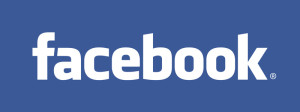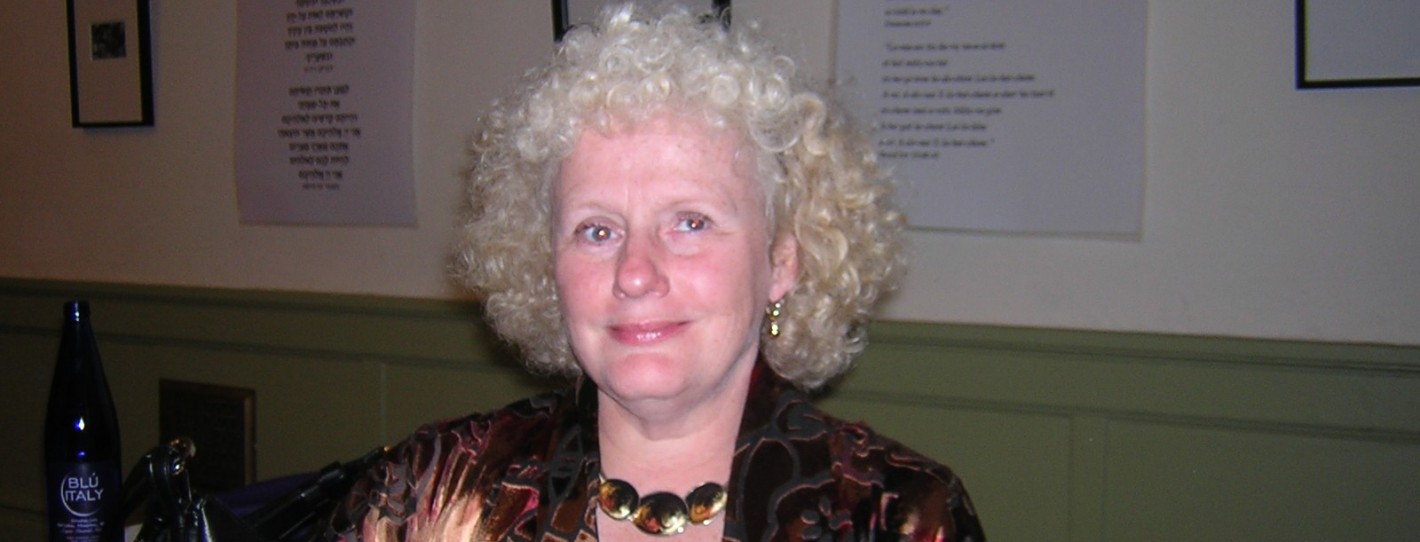 This is a guest post from communications professional Arik Hanson.
This is a guest post from communications professional Arik Hanson.
I’ve come to respect and know Arik pretty well over the last couple of months and I was curious how his work in the health-care sector could benefit from social media. Here Arik kindly obliges with his views.
When you work in PR in most industries, you go home at the end of the day and wonder, ?How did I make a difference today??
The answer, unfortunately, most often is you helped sell more widgets. Or, you helped the stock price go up just a bit (not lately, obviously). Or, you helped shape public perception or attitudes around an important issue or problem.
Very rarely, do you get to say, ?I helped save a life.?
But in the health care industry, you have the opportunity to do just that. OK, usually, it?s not a direct correlation and you don?t actually ?save lives?, but the point is you work for an organization that makes a huge difference?each and every single day.
You work with physicians, nurses and other patient care staff that DO save lives?and our work as PR professionals is to support them, help them tell their stories and assist them in communicating more effectively with their key stakeholders. In my book, that means I play a part in saving lives (even if it is a small one).
Now, that?s a big deal. I think most in the health care industry take that pretty damn seriously. And most days, I think we feel like we?re doing a pretty good job. But, here?s the thing: we could be doing so much more.
We could be doing more to connect with and educate our patients.
We could be doing more to share the tremendous stories that originate from within our hospitals and clinics.
And we could be doing more to help our patients with their basic health care needs and questions they have before, during and after they visit our facilities.
 Here?s an idea. What if we changed the model using social media and online tools?
Here?s an idea. What if we changed the model using social media and online tools?
What if, to complement our existing health care model, we used these tools to help us develop a completely new model of care?
One that would not only be more convenient and potentially more effective than the care models of today?it might actually cost less.
That?s right, by using some of these tools, I?m convinced we can create a model that will allow us to provide quality health care outcomes for our patients at less cost. Sound crazy? Hear me out:
- What if you had online access to a cadre of physicians that you could ask questions of for basic needs? You could connect with these docs online via instant messaging or video (Skype calls, perhaps?) and get practical, real-time advice on your immediate health care concerns and issues. I broke my pinkie in December?how great would it have been to connect with a doc in real-time on my Mac, show him my pinkie via Web cam and get some quick advice on a best course of action? Now, that?s meeting my needs and being patient-centered.
- What if clinics and hospitals responded to patient questions and concerns in a different way online in real time? Twitter might be a good solution. Couldn?t health care organizations use Twitter the same way Comcast and others use it to address patient concerns before they escalate and start to affect their perceptions and attitudes of your hospital or clinic? The tool could even be used to direct patients to the more appropriate facilities for care?for example, instead of visiting the ER for that sore throat, you could visit your neighborhood clinic for a quick throat culture (you might be surprised what some folks use the ER for these days).

- What if health care organizations used sites like Facebook and blogs to enable patients to share their stories with the thousands of others who may be about to undergo that painful procedure or may have critical concerns about their cancer diagnosis? Wouldn?t that be helpful?and comforting?to patients and drive stronger brand awareness and loyalty to your particular hospital or clinic? (Just ask Lee Aase at Mayo Clinic).
- What if clinics created a completely new model for care where patients, instead of coming to a brick-and-mortar facility, visited with their physician in a virtual world (think Second Life five years from now)? Once these virtual world tools evolve and advance (and I believe they will), this will open up a whole different opportunity for clinics. Again, health care costs should go down?after all, it must be more cost-effective to visit a virtual clinic than one that?s paying utilities, leasing space and maintaining the facility, right? And, it would be conceivable to think patient satisfaction scores would skyrocket because patients could visit with their doctor from the comfort of their own home instead of trudging out into the cold and battling traffic.
We might be a few years away from this scenario, but it has the opportunity to completely transform the way physicians deliver care–and the way patients receive it.
Clearly, we?re at a crossroads with health care. Patients are demanding more, while hospitals are cutting budgets, asking staff to work longer hours and take on additional duties all while public scrutiny increases. We need to start making changes?radical, transformational changes. We can no longer settle for the status quo or incremental change. Now is our opportunity to act.
What other opportunities do you see us having to change the current health care model with the plethora of new online tools available to us?
Disclaimer: I work for Fairview Health Services, the second largest health care organization in Minnesota. The views and opinions in this post in no way reflect the thoughts, opinions or policies or Fairview Health Services.
- Arik Hanson is a savvy communications professional focusing on issues in internal communications, marketing communications, public relations and social media. He currently works for the second-largest health care system in Minnesota. He also has a part-time consulting business, ACH Communications. You can read more at his blog or connect with Arik on Twitter.
![]() photo credit: ThinkPanama
photo credit: ThinkPanama



 This is a guest post from Elaine Young, who I have had some great conversations with recently about small business and social media. Elaine has some interesting views on why so many small businesses aren’t using social media, and I asked her if she’d share them with you.
This is a guest post from Elaine Young, who I have had some great conversations with recently about small business and social media. Elaine has some interesting views on why so many small businesses aren’t using social media, and I asked her if she’d share them with you. We must show how to measure the ROI of each tool. We have analytics for websites, we have stats for blogs and we have more companies such as
We must show how to measure the ROI of each tool. We have analytics for websites, we have stats for blogs and we have more companies such as 



![Reblog this post [with Zemanta]](http://img.zemanta.com/reblog_e.png?x-id=a704937a-3d6b-4526-b23d-9c57a7729843)

